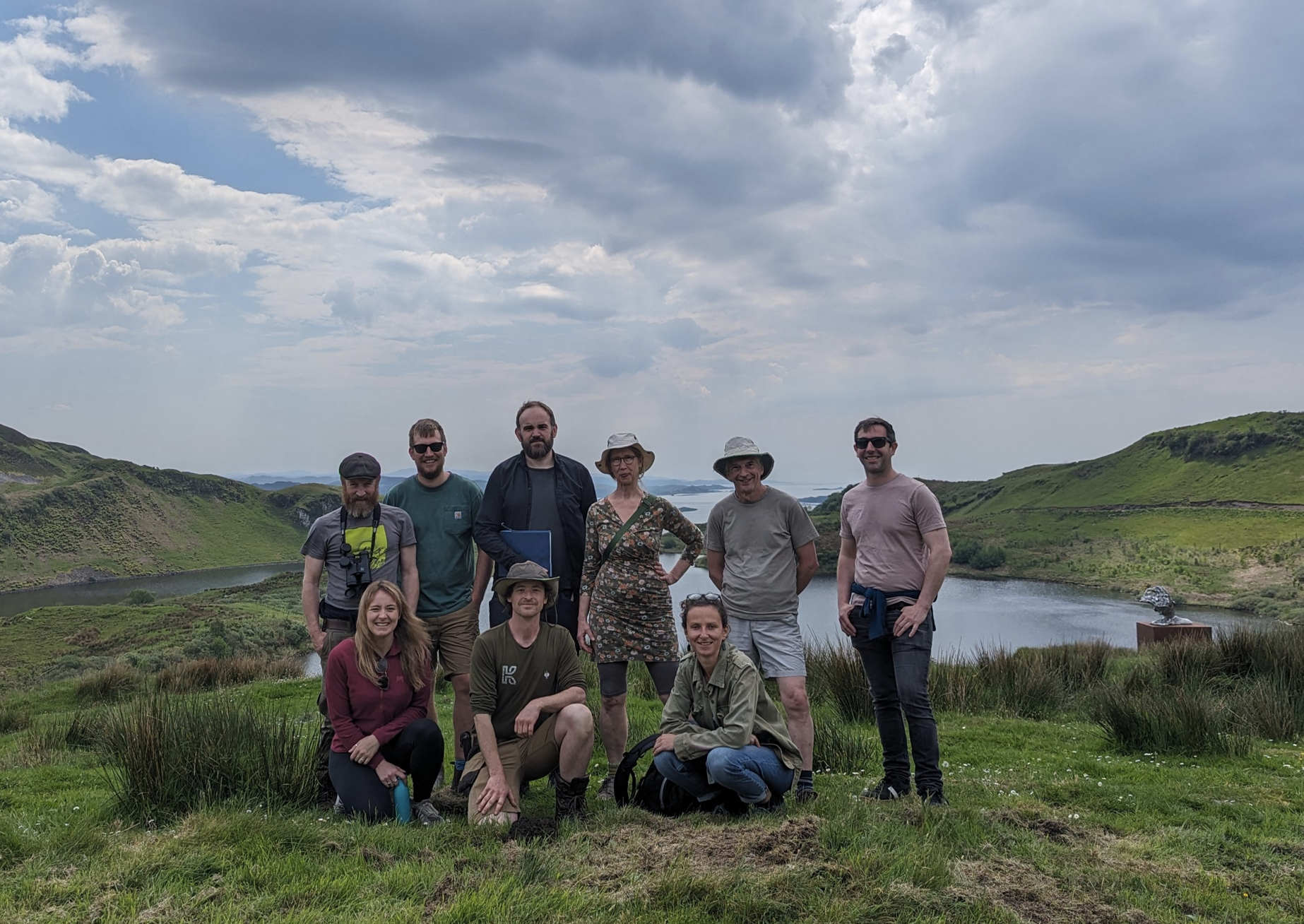SAMS Robotics academy

The 17th of May 2024 saw not only National Endangered Species Day but also a visit and discussion between the Kilchoan team and the newly launched Scientific Robotics Academy, hosted at the Scottish Association for Marine Science, near Oban.
Funded by the UK Shared Prosperity Fund through Argyll and Bute Council, the academy is playing an integral role in inspiring and training the next generation of environmental and climate scientists in the use of autonomous robotic platforms. Through innovation partnerships, the academy fosters local economic development, and engages engineers in the demands and challenges of the marine science community who monitor our planet.
A team of six scientists and engineers from SAMS plus a visiting scientist from Kiel University, Germany and two of the Kilchoan team met at the estate and worked on strengthening the existing relationship between the two organisations with plans being developed to undertake surveying of both the marine and terrestrial habitats as separate and interconnected biomes. Having visited the coast line and marine workspaces the group walked through the oldest woodland creation scheme and into the newest, stopping at the Hill Bothy to gain perspective over looking the terrestrial, freshwater and marine habitats.
Land management and ocean health are intricately connected, as activities on land directly impact marine ecosystems and ocean health is critical to global environmental wellbeing. Our land management practices, such as reforestation, reducing agricultural runoff, and managing intertidal habitats, help prevent pollutants, sediments, and nutrients from entering the ocean through waterways. This, in turn, mitigates issues like ocean acidification, eutrophication, and the destruction of marine habitats, ensuring healthier coastal and marine environments. Effective and co-ordinated environmental stewardship is therefore crucial for sustaining biodiversity and the overall ecosystem health.
Phil Anderson, lead scientist with the Scientific Robotics Academy, is keen to see SAMS continue to expand their existing links with the Kilchoan Melfort Trust, whether it is field courses for UHI undergraduates, mapping the Trust’s rewilding projects, or testing the emerging robotic technology being developed at SAMS.
Through this collaboration we will not only provide learning opportunity and hands on experience for students, we will also gather data and information that will help guide, measure and assess the work being undertaken by the Kilchoan Melfort Trust to preserve and enhance the beautiful, dynamic and sometimes endangered species found both above and below the waters of Argyll.
More about the robotics academy can be found here on the SAMS website.
